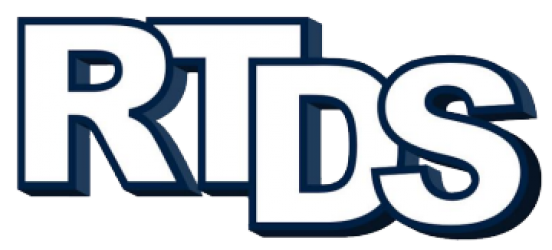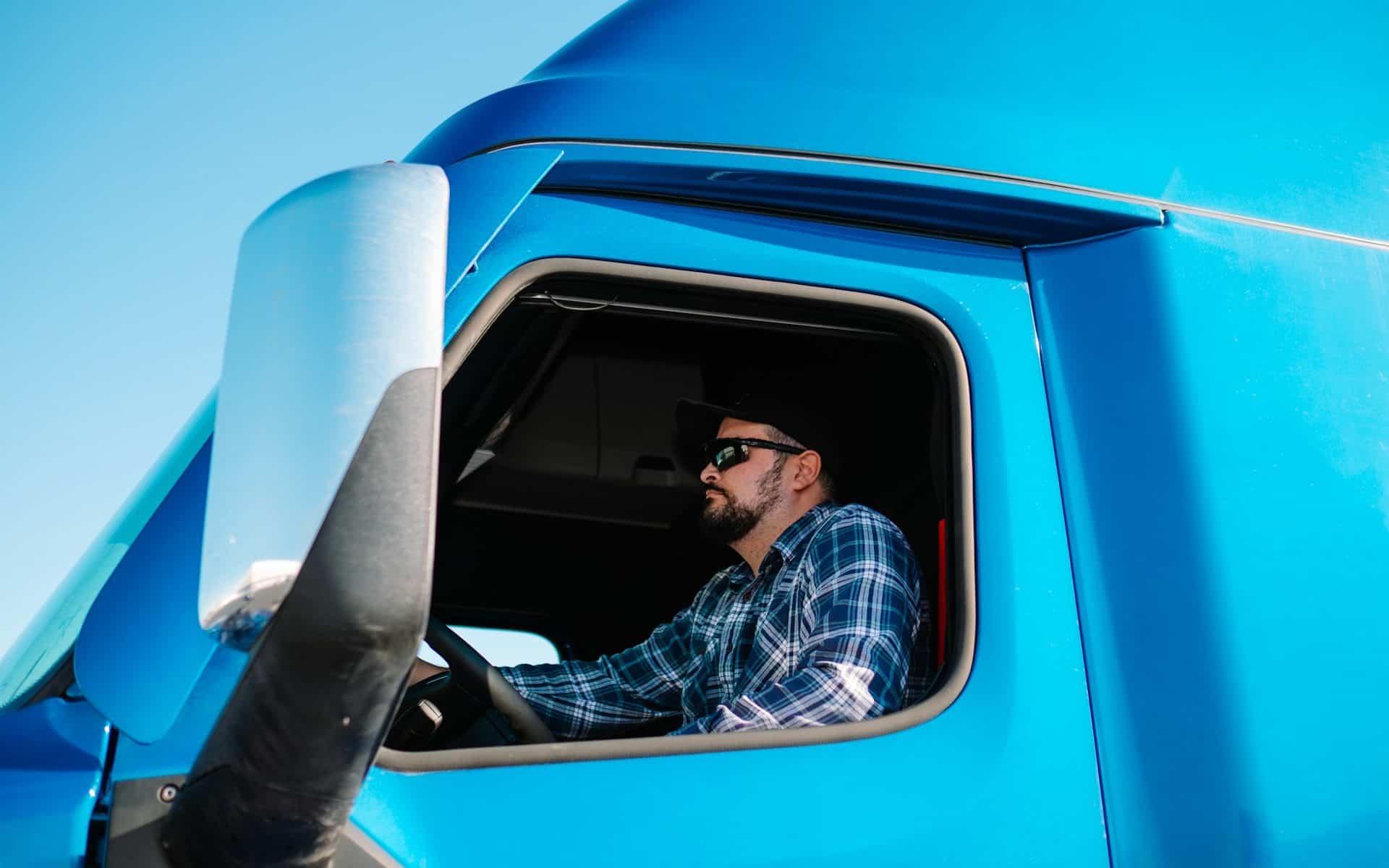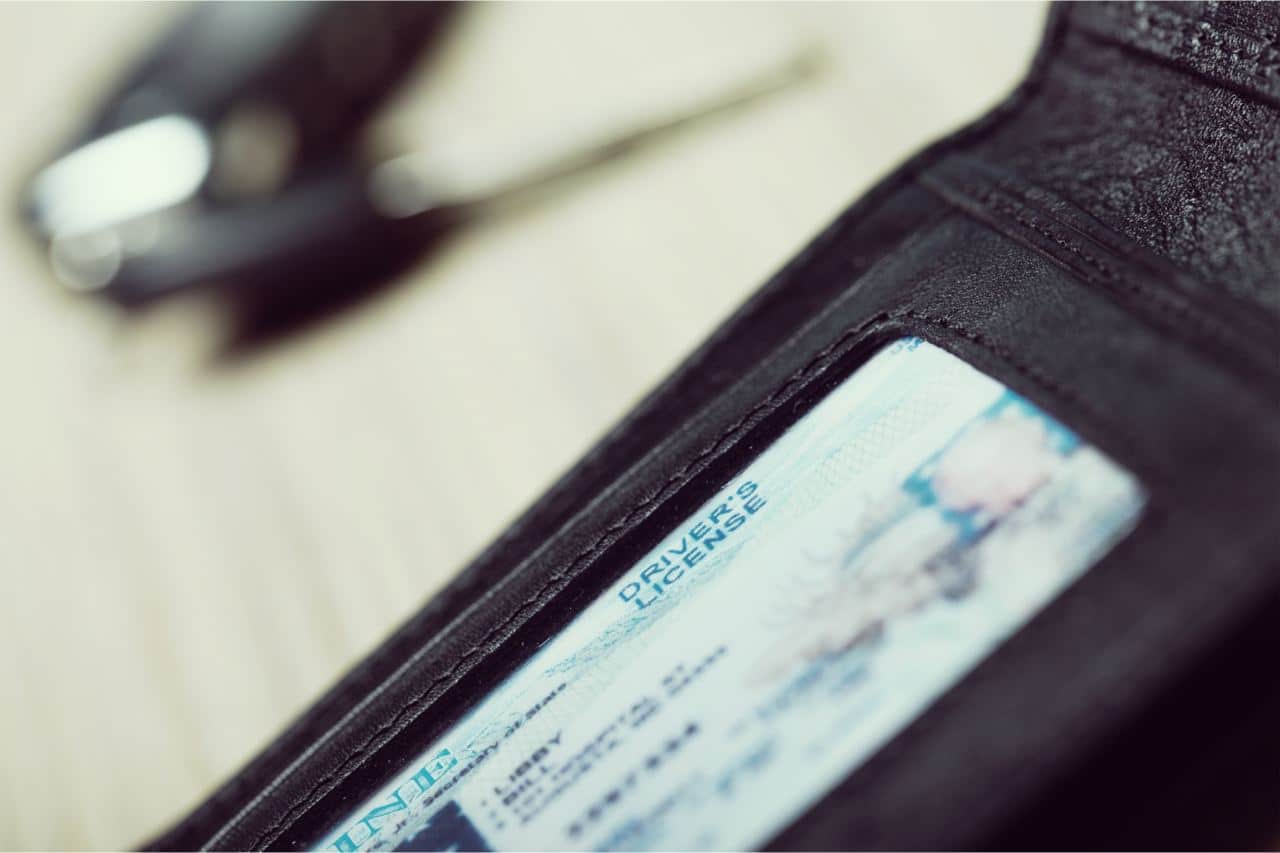Getting your CDL A in Las Vegas is more than just a step forward; it’s a gateway to a rewarding career in trucking. With the open road ahead and a commercial vehicle at your command, the possibilities can feel limitless. Earning a CDL A not only enhances your confidence but also broadens your career opportunities, letting you explore new paths in the transport industry.
For many, passing the CDL A test might seem challenging, but with the right preparation and mindset, it’s entirely achievable. Just like studying for any major test, familiarizing yourself with what lies ahead makes the journey smoother. We’ll guide you through what you need to know to succeed, starting with understanding the specific requirements of the test.
Understanding the CDL A Test Requirements
Before you can hit the road, you need to know the nuances of the CDL A test in Las Vegas. It’s composed of two main parts: a written examination and a skills test. Each component is crucial to proving you’re ready to safely navigate commercial vehicles.
Here’s what you should keep in mind:
– Written Examination: This part tests your knowledge of road rules, vehicle safety, and regulations specific to commercial driving. Studying beforehand can help you familiarize yourself with the kinds of questions you’ll face.
– Skills Test: Consists of practical demonstrations where you showcase your ability to handle the commercial vehicle. It includes checking your ability to perform various maneuvers and understanding how to conduct a thorough vehicle inspection.
In terms of prerequisites, candidates must meet a few basic requirements. Generally, you need to be at least 21 years old to drive across state lines. Having a clean driving record and obtaining a medical certificate that declares you fit to drive are also necessary steps. Additionally, gathering the required documentation like identification, proof of residency, and a valid driving license is essential. By understanding what’s expected, you set a strong foundation for acing the test and stepping into a promising career with assurance.
Study and Preparation Tips
Preparing for the CDL A test involves more than just cramming information. To set yourself up for success, consider a few strategic study methods. First, gather comprehensive study materials such as the CDL manual available online or at your local Department of Motor Vehicles (DMV) office. This manual is a wealth of necessary information for both the written and skills tests. In addition, online resources and practice tests can further sharpen your understanding.
Structured learning often aids retention, so taking a CDL preparation course might be a worthwhile investment. These courses provide in-depth insights, hands-on training, and expert advice that can significantly enhance your readiness.
To make your study time as effective as possible:
– Create a dedicated study schedule that fits your pace and lifestyle.
– Use flashcards for quick recalls of key terms and concepts.
– Join or form a study group to discuss challenging topics with peers.
By committing to these steps, you’re likely to build a solid foundation for approaching the test day with confidence.
Practicing for the Skills Test
When it comes to the practical side of your CDL A test, hands-on experience is key. Finding a suitable space in Las Vegas to practice driving a commercial vehicle can be a game changer. Consider reaching out to local trucking schools that offer practice sessions on their designated lots. These sites usually provide all the room you need to perfect your technique without the pressure of real-world traffic.
Practicing various maneuvers like backing up, parallel parking, and three-point turns is crucial:
1. Backing Up: Take it slow and use your mirrors effectively, ensuring a straight path.
2. Parallel Parking: This can be challenging but take your time to gauge distances accurately.
3. Three-Point Turns: Practice these in different settings to gain confidence in maneuvering tight spaces.
Familiarizing yourself with the vehicle inspection routine is equally important. Conducting thorough pre-trip inspections ensures everything from tires to brakes is in order, which not only keeps you safe but also prepares you for the inspection portion of the test. Remember, practice isn’t just about perfecting maneuvers; it’s about building a strong, instinctual feel for handling the vehicle.
Ready for Test Day?
When it’s time to face the test, being prepared with the right items can make your day less stressful. Ensure you have the following on test day:
– Identification: A valid driver’s license and proof of residency.
– Paperwork: All necessary documentation, including your medical certificate.
– A Test Scheduled Time: Know your appointment and plan to arrive early.
The day itself can test your nerves as much as your knowledge. Stay calm by taking deep breaths and focusing on one task at a time. It might help to remember that this test is an extension of all your preparation, not a sudden hurdle. A sound sleep the night before and a good breakfast can do wonders for your mental clarity, setting you up to give your best shot.
Achieving a CDL A is a significant step toward carving out a trucking career in Las Vegas. With these preparations and practices, you should be well on your way to getting that license and hitting the open road with confidence.
Ready to shift gears into a lucrative trucking career? Explore the programs at RTDS Trucking School, where you can build the skills and confidence needed to earn your CDL A in Las Vegas. Whether you’re just starting out or want to sharpen your driving expertise, we’re here to guide you every mile of the way. Reach out today to learn how you can get started on this exciting journey.












